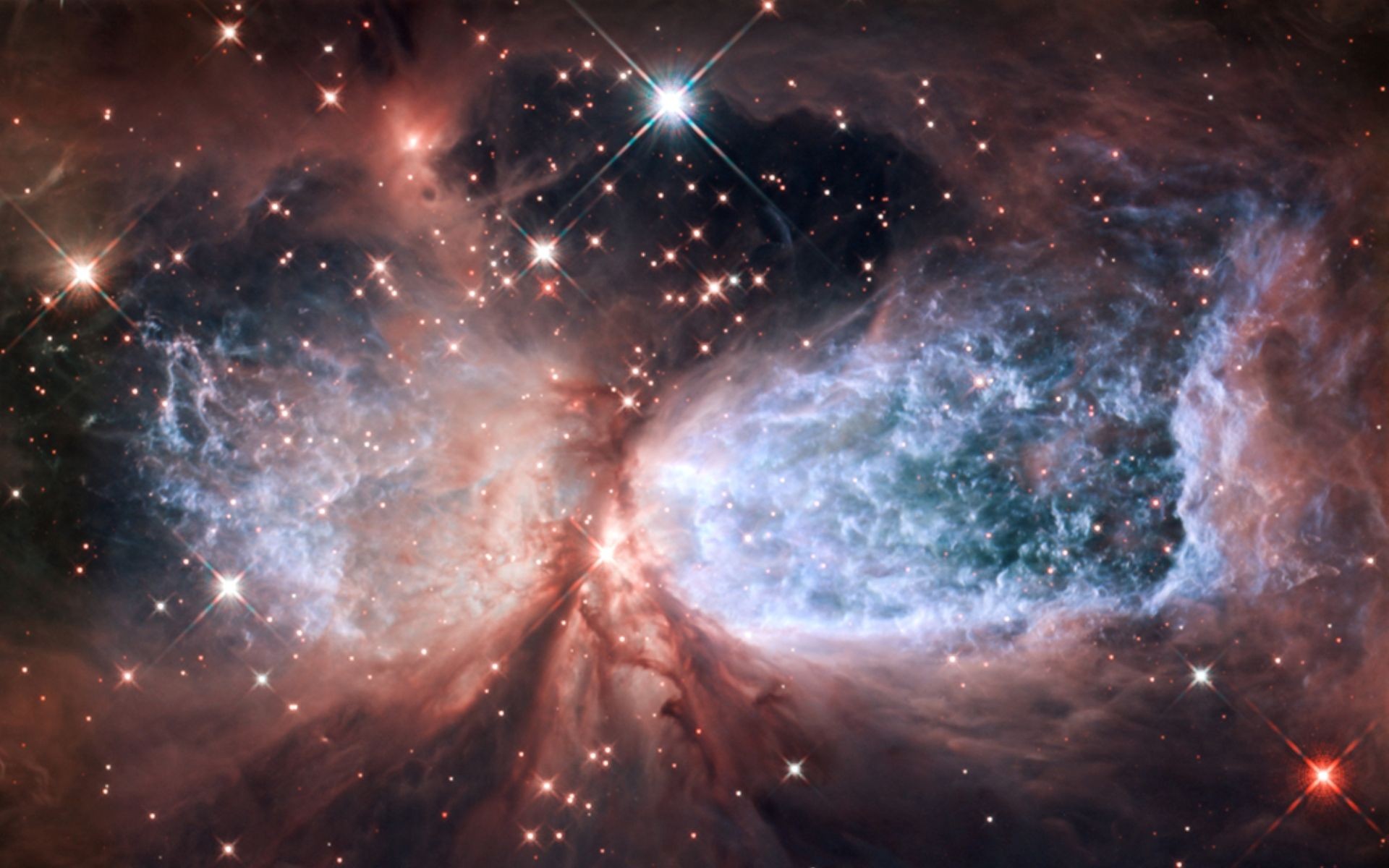Astrophysics is a fascinating branch of space science that applies the principles of physics and chemistry to understand the universe and our place within it. This field delves into the lives of celestial objects like stars, planets, galaxies, and nebulae, seeking to unravel their mysteries from birth to death. Closely related fields include astronomy and cosmology, often blurring the lines of distinction, yet each offers a unique perspective.
In a simplified view:
- Astrophysics: Focuses on the physical theories governing small to medium-sized structures in the universe.
- Astronomy: Concentrates on measuring the positions, brightness, movements, and other characteristics of celestial objects.
- Cosmology: Deals with the largest structures of the cosmos and the universe as a whole, exploring its origin and evolution.
The reality is these fields work synergistically. An astronomer might initially locate and classify a nebula, while an astrophysicist investigates its composition and formation mechanisms. Finally, a cosmologist could place these findings within the broader context of the universe’s evolution.
NASA’s Astrophysical Endeavors
Astrophysicists endeavor to comprehend the universe and humanity’s role within it. NASA’s astrophysics program aims to uncover the workings of the universe, explore its origin and evolution, and search for life on exoplanets, according to NASA’s website.
NASA’s astrophysics research addresses three primary inquiries:
- How does the universe work? Probing the fundamental laws and physical processes that govern the universe.
- How did we get here? Tracing the origin and evolution of the universe, from the Big Bang to the present day.
- Are we alone? Searching for habitable planets and evidence of life beyond Earth.
The Dawn of Theoretical Astrophysics: Isaac Newton’s Legacy
While astronomy boasts ancient roots, theoretical astrophysics emerged with Isaac Newton. Before Newton, astronomers relied on complex mathematical models to describe celestial motions without a grounding in physics. Newton demonstrated that his theory of gravity explained both the orbits of celestial bodies and the trajectory of projectiles on Earth. This revolutionary insight suggested that the same physical laws govern both the heavens and Earth.
Newton’s model was not only descriptive but also predictive. Based on anomalies in Uranus’ orbit, astronomers predicted the existence and location of Neptune, which was subsequently observed.
Key Milestones in Astrophysics
Astrophysicists analyze radiation emitted from distant cosmic objects to understand their composition and behavior. Spectral analysis, observing the specific light frequencies absorbed and emitted by substances when heated, is crucial in this endeavor.
Early spectroscopy revealed that stars contain elements also found on Earth. Spectroscopy later confirmed that some nebulae are purely gaseous, while others contain stars, eventually proving that some nebulae are, in fact, other galaxies.
In the early 1920s, Cecilia Payne Gaposchkin discovered through spectroscopy that stars are primarily composed of hydrogen. By studying stellar spectra, astrophysicists can also determine the speed at which stars move toward or away from Earth, utilizing the Doppler shift effect. In the 1930s, Edwin Hubble, using the Doppler shift and Einstein’s theory of general relativity, provided compelling evidence for the expanding universe, a key component of the Big Bang Theory.
In the mid-19th century, Lord Kelvin and Gustav Von Helmholtz proposed that gravitational collapse could power the sun, but realized this energy source was insufficient. Einstein’s E=mc2 equation later offered the first clue about the true energy source: nuclear fusion.
The development of nuclear physics, quantum mechanics, and particle physics in the early 20th century allowed for the formulation of theories explaining how nuclear fusion powers stars. These theories describe stellar formation, evolution, and death, and they accurately explain the observed distribution of star types, spectra, luminosities, and ages.
According to the Big Bang Theory, the earliest stars consisted almost entirely of hydrogen. Nuclear fusion converts hydrogen into helium. In 1957, Margaret and Geoffrey Burbidge, along with William Alfred Fowler and Fred Hoyle, demonstrated how aging stars produce heavier elements, which are then passed on to later generations of stars.
The elements that make up Earth, such as iron, oxygen, and silicon, are produced in the final stages of massive stars. Carbon, a crucial element for life, is also created in stars. This is why the adage “we are all made of stardust” holds true.
A Career in Astrophysics
Pursuing a career in astrophysics requires dedication, extensive training, and years of research. Starting early by joining astronomy clubs, attending local events, taking online courses, and staying current with news in the field is a great way to begin.
A typical path includes a bachelor’s degree in a related field, followed by graduate studies and a doctorate in astrophysics. Many astrophysicists then undertake post-doctoral research positions. Career opportunities exist in government, university labs, and occasionally, private organizations.
- High School Preparation: Focus on math and science courses, exploring various scientific disciplines.
- Undergraduate Studies: Consider a bachelor’s degree in math, science, or computer science, which provides valuable data analysis skills.
- Research Experience: Seek research opportunities and internships at universities or agencies like NASA.
- Graduate Studies: Complete a graduate degree or doctorate in astrophysics to enhance expertise and career prospects.
Astrophysicist Natalie Hinkel shared insights into the life of an astrophysics researcher in an interview with Lifehacker, highlighting the long hours, frequent job changes, and the surprising amount of time spent programming rather than at a telescope. Analyzing data and writing research papers are significant aspects of the role.
Astrophysics is a dynamic and rewarding field for those passionate about understanding the universe. With the right education, skills, and dedication, you can contribute to unraveling the cosmos’ deepest mysteries.
